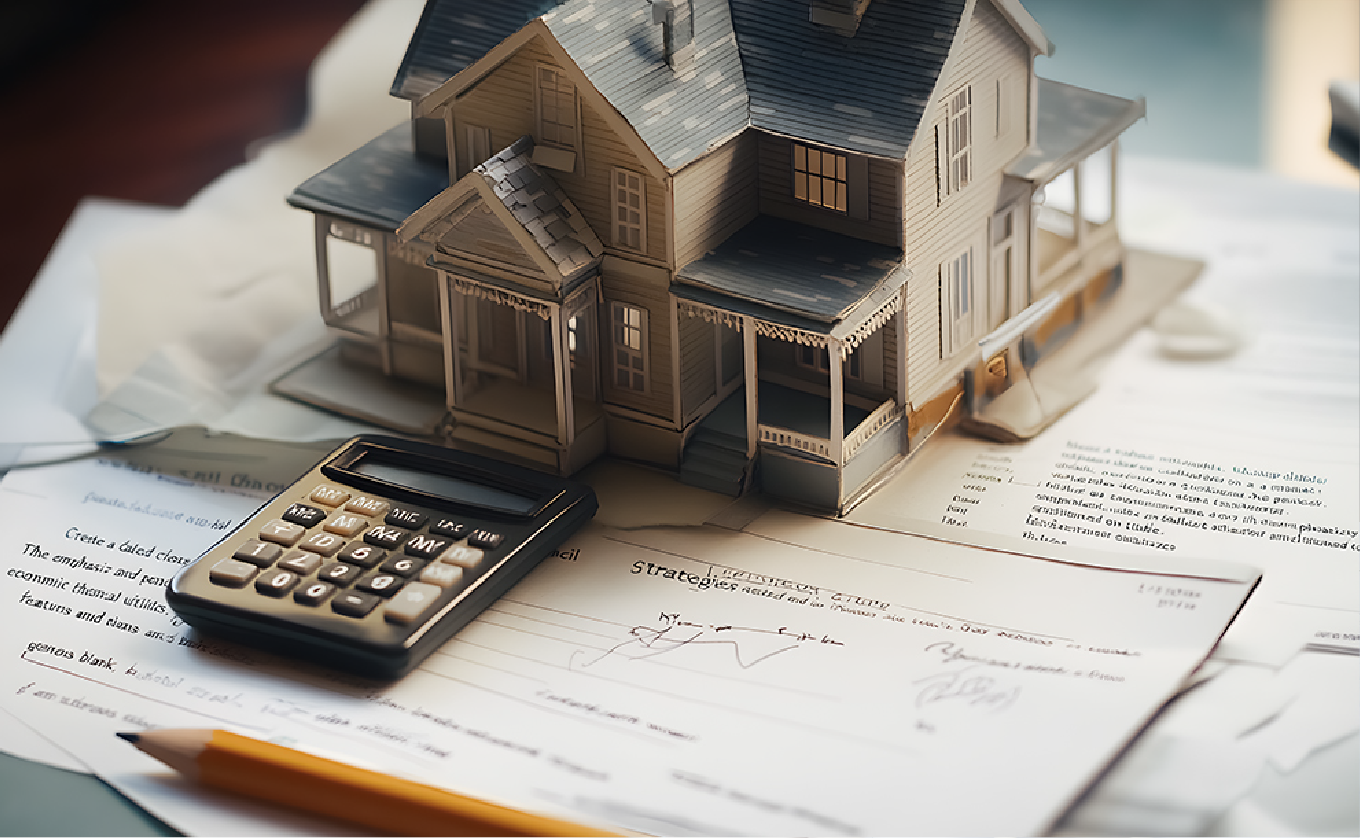
The end of the year is the right time to get ahead on property taxes, so you’re better prepared for 2026. In New York, property taxes continue to rise, leaving many homeowners surprised by their assessments. That’s why it’s important to be proactive and take steps early to reduce your tax assessment while you still have the opportunity. We will go over why and how to properly prepare for the new year, and what actionable measures you can take to reduce your tax bills to avoid further surprises from penalties and fees.
Tax Plan Before It’s Too Late
Planning for your property taxes is important because it can help reduce your tax liabilities, avoid penalties, and prepare for upcoming expenses. The following are a few reasons why tax planning before the new year is crucial:
- Maximize Your Deductions
- Avoid Interest and Late Fees
- Plan for Escrow
- Prepare For Possible Assessment Changes
- Check Your Local Deadlines
In New York, you may be able to deduct property taxes on your federal income tax return thanks to the SALT deduction cap. Paying certain tax bills before the end of the year can help secure those deductions for the current tax year.
By reviewing and paying any outstanding property taxes before the December 31 deadline, you can ensure you don’t incur additional charges.
As a homeowner, knowing what’s due helps confirm that your escrow accounts are properly funded and avoid surprises in future mortgage payments.
If you are planning to appeal or are looking to make corrections (if the property value or taxes have increased), be sure to review your property assessments before the year ends to get a head start.
Many New York counties have specific due dates, installment payment schedules, and year-end planning can help you stay compliant and organized.
Prepare for the New Year

To properly prepare for the new year, start by reviewing your most recent property tax assessment before the end of the year to identify any errors or overvaluations. While many property owners may not receive an actionable assessment that allows them to file a grievance until after the beginning of 2026, it’s still important to review the latest notice, even if the tax bill has already been paid. Doing so ensures you catch any inaccuracies that could affect future assessments or appeals. Gathering recent comparable sales in your neighborhood, updated appraisals, and any documentation of your property’s condition can help strengthen your case for an appeal. Consult with a seasoned property tax expert from O’Connor to plan strategies for exemptions, reductions, or appeals, so that you’re sure to enter the new year with the confidence of minimizing your tax burden.
Actionable Steps to Reduce Your Tax Assessment
- Review Your Property Exemptions
- Confirm Assessment Accuracy
- Understand Deduction Timing
- Build Your Property Tax Calendar
Review Your Property Exemptions
Many New York homeowners qualify for exemptions to help reduce their taxable property value, such as the STAR (School Tax Relief) exemption, enhanced STAR, senior citizens exemption, disability exemption, and clergy and agricultural exemption. Each exemption has its own application process, income requirements, and deadlines, so be sure to verify with your local assessor’s office for details.
Confirm Assessment Accuracy
To avoid errors or overvaluations, make sure to confirm that your assessment is accurate and up to date by comparing recent home sales in your area, verifying your property record card (square footage, bedrooms, bathrooms, lot size), and condition rating. Overstated property details mean higher assessments and higher taxes, so you don’t want to leave room for error. If errors do exist, gather relevant documentation and prepare to file a grievance during the spring period (March – May).
Understand Deduction Timing
Remember, deductions apply in the year the tax period is paid, not billed, so carefully consider when to make property tax payments as timing can affect your federal tax deductions. Some deductions available are the Federal SALT cap that includes a $10,000 limit on the total amount of state and local taxes (including property and income taxes) that can be deducted on federal returns. If you plan to itemize deductions and have not reached the SALT cap, paying your property taxes by December 31 can help you capture the deduction in the current tax year. If you expect higher income next year, you can delay pushing the deduction into a future tax year.
Build Your Property Tax Calendar
To help stay on track, build and outline important dates on your own property tax calendar:
- January – March: exemption applications and renewals
- March – May: Grievance filing windows
- September – December: Property tax bills are due, make payment timing decisions
A year-end property tax review is the best way you can avoid overpaying and start 2026 on a solid financial footing. By taking the time to review now, you can reveal missed savings opportunities or errors that may go unnoticed otherwise. Make sure to review available and applicable exemptions, check for assessment accuracy, and decide on deduction timing. Take some time before December 31 to review your property details, confirm your exemptions, and plan your payments; these small efforts now can help you protect your financial standing in the upcoming year.
How Can O’Connor Help?
Founded in 1974, O’Connor is one of the nation’s leading property tax consulting firms, dedicated to helping property clients reduce their tax burden. With a team of more than 1,000 professionals serving clients across 49 states and Canada, O’Connor handled nearly 295,000 property tax protests in 2024 on behalf of 185,000 clients. We have a local office in New York led by Frank Grampone and specialize in residential property tax reduction services. Our mission is to enrich the lives of property owners through effective, data-driven, and cost-efficient tax reduction strategies. Enroll in our Property Tax Protection Program™ and only pay when we successfully reduce your property taxes.

